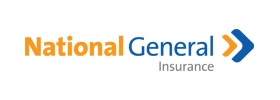Business owners in Cypress, TX may not be aware of the complexities that are involved in commercial and company auto insurance policies that provide coverage to employees if they get into an accident on company time. Even if they are driving their own car, if an employee is involved in a car accident while performing company business, the firm can be held liable for any damages or injuries that are caused. InsureUS is here to help our customers in the greater Cypress, TX area get the comprehensive insurance that they need to protect their business interests.
If, for example, your secretary goes to the bank to make a company deposit in her own vehicle, the company can still be held responsible in the event of an accident. The insurance policy of the involved vehicle will take the primary position, and if the policy is not adequate to cover the costs of the accident, the business’ insurance will be next in line to pay.
Also, it is important to add all employees to the employer’s auto policy, for both company-owned vehicles, leased vehicles, and any auto that is rented for use in company business. These simple and straightforward steps can safeguard the financial health of your company in the event of an unforeseen accident. Does this all sound complicated? It doesn’t have to be! The professional and highly-trained staff and agents at InsureUS are here to help!
If you are a business owner in the greater Cypress area and have questions about your commercial insurance, stop by and see us! Our helpful and knowledgeable agents can help to ensure that you have all of the commercial and vehicle coverage that you need to protect your company.







































